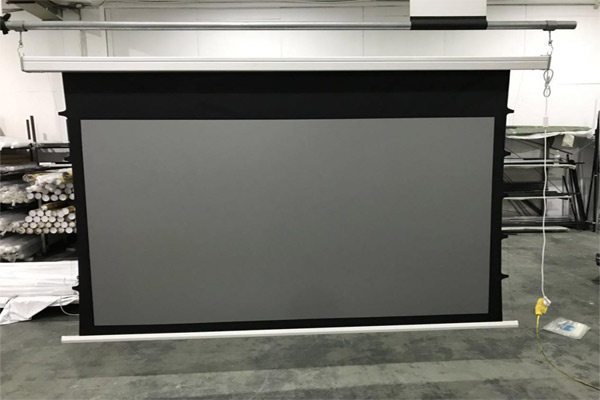In an optimal viewing room, the projection screen is reflective, whereas the surroundings are not. The ambient light level is related to the overall reflectivity of the screen, as well as that of the surroundings. In cases where the area of the screen is large compared to that of the surroundings, the screen’s contribution to the ambient light may dominate and the effect of the non-screen surfaces of the room may even be negligible. Some examples of this are planetariums and virtual-reality cubes featuring front-projection technology. Some planetariums with dome-shaped projection screens have thus opted to paint the dome interior in gray, in order to reduce the degrading effect of inter-reflections when images of the sun are displayed simultaneously with images of dimmer objects.

Grey screens are designed to rely on powerful image sources that are able to produce adequate levels of luminosity so that the white areas of the image still appear as white, taking advantage of the non-linear perception of brightness in the human eye. People may perceive a wide range of luminosities as “white”, as long as the visual clues present in the environment suggest such an interpretation. A grey screen may thus succeed almost as well in delivering a bright-looking image, or fail to do so in other circumstances.
Compared to a white screen, a grey screen reflects less light to the room and less light from the room, making it increasingly effective in dealing with the light originating from the projector. Ambient light originating from other sources may reach the eye immediately after having reflected from the screen surface, giving no advantage over a white high-gain screen in terms of contrast ratio. The potential improvement from a grey screen may thus be best realized in a darkened room, where the only light is that of the projector.
Partly fueled by popularity, grey screen technology has improved greatly in recent years. Grey screens are now available in various gain and grey-scale levels.


